#bronze figure
Explore tagged Tumblr posts
Text

Statue of a Victorious Youth, Greek, 300–100 B.C.
Bronze with inlaid copper
59 5/8 × 27 9/16 × 11 in., 142 lb.
The J. Paul Getty Museum, Villa Collection, Malibu, California
A naked youth stands with his weight on his right leg, crowning himself with a wreath, probably olive. The olive wreath was the prize for a victor in the Olympic Games and identifies this youth as a victorious athlete. The eyes of the figure were originally inlaid with colored stone or glass paste, and the nipples were inlaid with copper, creating naturalistic color contrasts. Found in the sea in international waters, this statue is one of the few life-size Greek bronzes to have survived; as such, it provides much information on the technology of ancient bronze casting.
#ancient art#ancient sculpture#ancient bronze#antiquities#antiquity#ancient greek#ancient greece#fine art#olympics#olympic games#getty villa#getty museum#ancient statues#greece#greek bronze#bronze sculpture#bronze statue#bronze#bronze figure#life size#athlete#male athletes
86 notes
·
View notes
Text
Grey Schist Bodhisattva Gandhara
[et_pb_section fb_built=”1″ _builder_version=”4.16″ global_colors_info=”{}” theme_builder_area=”post_content”][et_pb_row column_structure=”1_2,1_2″ _builder_version=”4.16″ background_enable_color=”off” custom_padding=”16.1406px|0px|0|0px|false|false” global_colors_info=”{}” theme_builder_area=”post_content”][et_pb_column type=”1_2″ _builder_version=”4.16″ custom_padding=”|||”…
#4th#Amsterdam#art#Asian antiques#Asian art#Boddhisattva#Bodhisattva#Bronze#BRONZE FIGURE#BUDDHA#Century#christies#Gandhara#Grey#New York#Schist
0 notes
Text
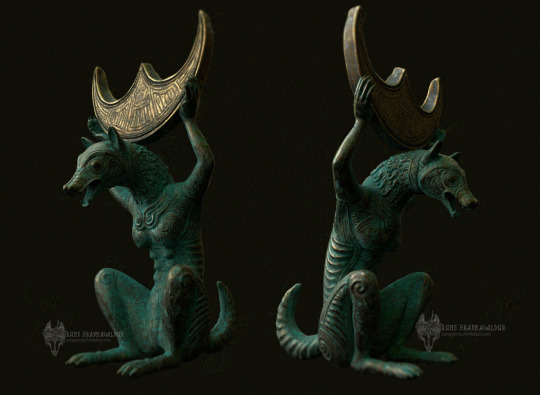
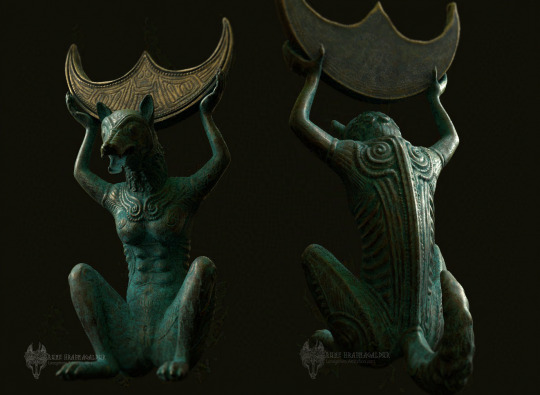

I decided to quickly add some textures to a 3D "sketch" (I don't know what else to call it ) I started a few months ago as a test for a new potential figure idea
Fitting for the wolf moon and werewolf wednesday :)
#art#artists on tumblr#medieval#medievalart#digitalart#digital art#lunegrimmart#fantasy#wolf art#wolf#she wolf#moon#wolf moon#werewolf#werewolves#lycanthrope#werewolfwednesday#idol#ancient art#divine#godess#statue#3D art#bronze#sculpture#figure#pagan#folklore#ornaments#sketch
2K notes
·
View notes
Text
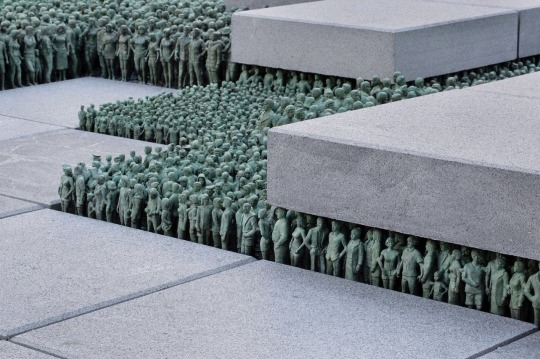



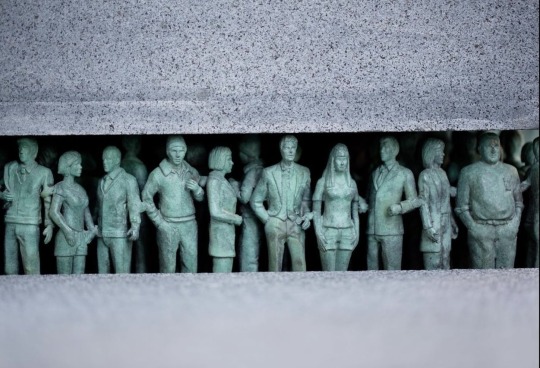
Do Ho Suh: Grass Roots Square (2012)
bronze sculptures cast next to each other and attached to a steel plate by welding. A lone tree is planted along with the sculptures. It is approx. 400 different human figures.
3K notes
·
View notes
Text

"Celestial horse," Han dynasty, 1st-2nd century CE.
Bronze, 44 7/8 x 34 1/2 x 14 1/2 in. (113.98 x 87.63 x 36.83 cm),
Courtesy China Institute of America
#art#history#design#style#archeology#sculpture#antiquity#collectors#figure#horse#bronze#celestial#han dynasty#1st century CE#2nd century CE#china
378 notes
·
View notes
Text

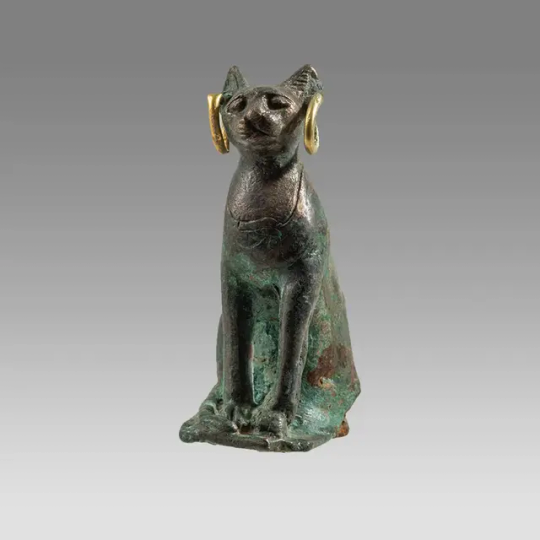
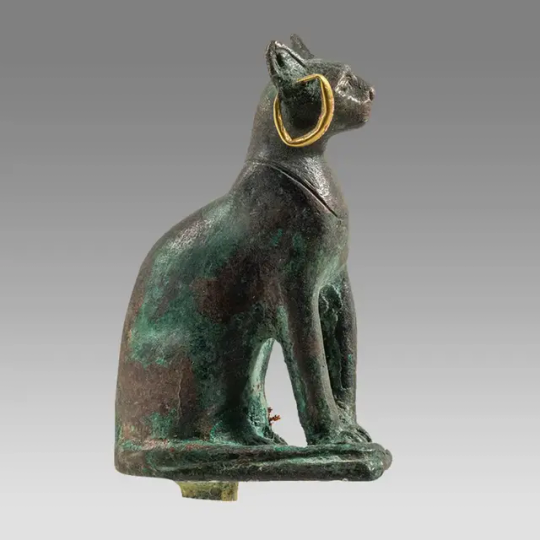
Ancient Egyptian Bronze Figure of Bastet Cat 21st/26th Dynasty, 1075-525 B.C.
#Ancient Egyptian Bronze Figure of Bastet Cat#21st/26th Dynasty#1075-525 B.C.#bronze#bronze sculpture#ancient artifacts#archeology#archeolgst#history#history news#ancient history#ancient culture#ancient civilizations#ancient egypt#egyptian history#egyptian art#ancient art#art history
633 notes
·
View notes
Text
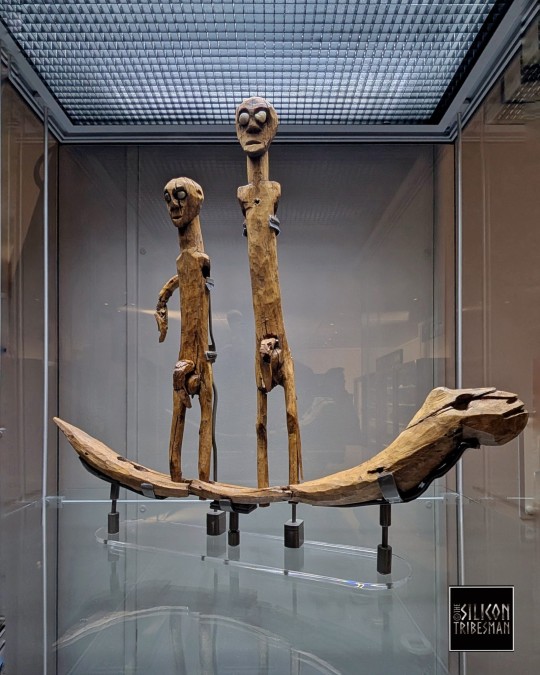
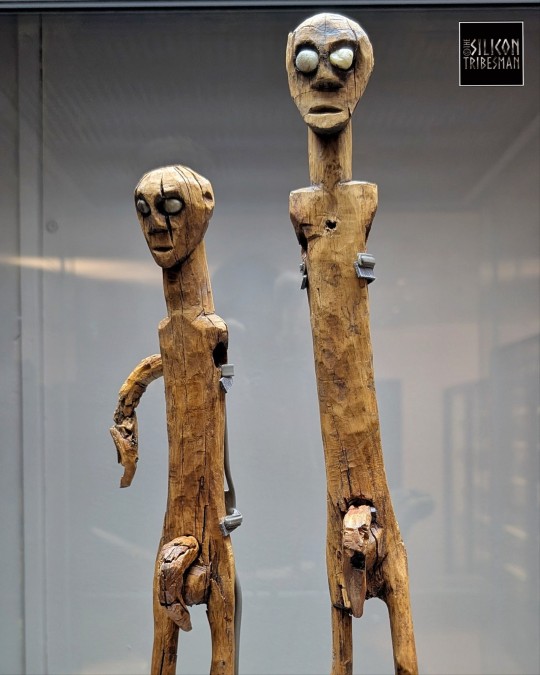

Roos Carr Figures, Late Bronze Age to Early Iron Age (606 to 508 BCE), Yew and Quartzite, The Hull and East Riding Museum of Archaeology, Hull
#ice age#stone age#bronze age#iron age#prehistoric#prehistory#neolithic#mesolithic#paleolithic#archaeology#votive#wooden figures#ancient cultures#ancient craft#ancient living#artwork#figures#early beliefs#roos carr figures
233 notes
·
View notes
Text






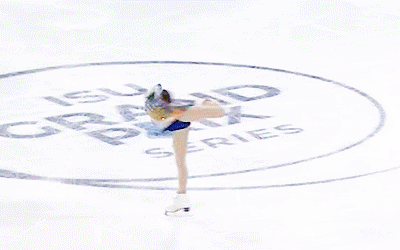

Rion Sumiyoshi (JPN): Adiemus | 2024 Grand Prix de France, FS
a glimpse at rion sumiyoshi's spritely program, which projects "the joy of plants receiving the blessing of rain!" 🌱
#figure skating#rion sumiyoshi#fskateedit#grand prix de france 2024#gp france 2024#my gifs#honestly i really enjoyed the program and the musical choice#mark talking about the program theme caught me off-guard for a good moment haha#i don't know what adiemus is about but the music suits her character#congrats on bronze!#a fun program esp on the latter half
141 notes
·
View notes
Photo

"Space Venus" by Salvador Dalí
127 notes
·
View notes
Text
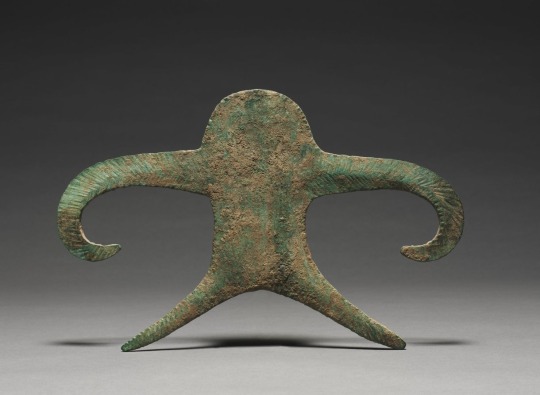
Anthropomorph - bronze - India - Bronze Age, c. 1500-1000 BCE
454 notes
·
View notes
Text
oHO the complete cross-section image of the jedi temple. the leftmost corner is cut-off in the actual book. it's not really anything new but i demand completion if the completion has already been achieved.

- christian a piccolo
the room of 1000 fountains is supposed to be seven storeys tall (the lake level is five) & the way the cross-section sets it up is that the arcade that goes around the entirety of the temple (as can be seen in the whole cross-section) is also seven storeys tall. which works. it works with how the main entrance is seen in the films.
#keeping up with the skywalkers#i'm just trying to figure out where sifo-dyas's (& lene's) rooms are (they're on the same hallway. in an older part.)#(i'm importing machiya into the temple. i've decided it's five billion other buildings with a shell. like a domed city.)#(they may technically be on a level below the storage one)#look they called it a ziggurat a ziggurat has MANY SUCCESSIVE LEVELS/TERRACES i WILL be ornery about language#i KNOW my bronze age archaeology i WILL weaponise it#it's a STEPPE PYRAMID it NEEDS STEPPES. at least two.
149 notes
·
View notes
Text


An Art Deco patinated and silvered bronze, frosted glass and ivory 'Harlequin' figural lamp. Cast and carved from a model by Marcel-André Bouraine, ca. 1925.
#reddit#art deco#mysterious_sorcery#1925#1920s#lamp#marcel-andre bouraine#marcel-andré bouraine#harlequin#figural#woman#marble#harlequine#bronze#patinated#silvered#frost glass#lantern#lanterns#invaluable.com
115 notes
·
View notes
Text
Early Kamakura Period Katana
[et_pb_section fb_built=”1″ _builder_version=”4.16″ global_colors_info=”{}” theme_builder_area=”post_content”][et_pb_row column_structure=”1_2,1_2″ _builder_version=”4.16″ background_enable_color=”off” custom_padding=”16.1406px|0px|0|0px|false|false” global_colors_info=”{}” theme_builder_area=”post_content”][et_pb_column type=”1_2″ _builder_version=”4.16″ custom_padding=”|||”…
#Antique#antiques#art#Asian antiques#Asian art#BRONZE FIGURE#Century#certificate#Early#hozon#Japanese#Kamakura#Katana#koshirae#masterpiece#NBTHK#period#Samurai#SWORD#tsuba
0 notes
Text

"The prominence of female divinity in Minoan culture might well have reflected the prominence of Minoan women in daily life. In Shang dynasty China, the authority of goddesses such as the Eastern and Western Mothers was echoed to some degree by the authority of women in elite society and even the army. Fu Jing and Fu Hao, wives of King Wu Ding, led men into battle before being honoured in death with monumental tombs containing the victims of human sacrifice, battle axes, knives and arrowheads. In Egypt, many of the images of Hatshepsut were destroyed or defaced after her death when her name was removed from the official list of rulers by her male successors, who sought to claim direct descent from her husband. It is possible that images of powerful Minoan women were subject to similar mistreatment.
While there is no evidence that Minoan women ruled in the same manner as Hatshepsut, or joined battle like the women of Shang China, the sheer number of artworks depicting them centrally placed and on a larger scale than men has prompted some historians to speculate that Minoan society was matriarchal or matrilineal. ‘Neopalatial Crete,’ writes one scholar, ‘presents the best candidate for a matriarchy – if one ever existed.’ There is nothing to say that the position of Minoan women was in any way secondary to that of men.
Minoan women were certainly not confined to the weaving room. Sculptures show them playing lyres, flutes and zithers, sashaying in flounced chevron-patterned skirts and raising their arms in the air in ecstasy. In the ‘Grandstand Fresco’ from Knossos the women are more carefully delineated in paint than the men. Each woman has her own identity, her own style. The women appear to occupy the main rooms of the palace while the men congregate as an anonymous mass beyond. Women depicted seated – a sign of divinity or authority – are often being approached by men or animals. A highly enigmatic fresco at Thera (Santorini), for example, features a woman wearing large hoop earrings, a snake in her hair, and a neck-chain of ducks, sitting on a dais with a griffin beside her while a blue monkey pays her court.
On a gold ring, a female deity, we may presume, is seated beneath a tree, where she receives flowers from two women. A smaller figure of a man with a double-headed axe over his head hovers between them. By depicting the man beneath the axe, and on a smaller scale than the women, the engraver of the ring perhaps hoped to convey that he was a divine vision, almost a thought-bubble, originating in one of the female worshipper’s heads. Trees, as Arthur Evans recognised, were sacred in Minoan culture, and were perhaps believed to be capable of inspiring divine visions in those who honoured them. Such artworks contribute to the picture of Minoan women exerting considerable religious authority in the palace complexes and society more widely.
Minoan women also played a crucial role in ritual. The early Minoans sometimes interred their dead twice by exhuming the bones of their family members and resettling them later in jars. The more usual custom, however, was to bury the dead in chamber tombs or stone beehive-shaped ‘tholos’ tombs, clay sarcophagi or, in the case of infants, under the floorboards of the home. The colourful paintings on a rare limestone sarcophagus from Hagia Triada, circa 1400 bc, show three men carrying young animals and a model boat to the deceased, who stands in front of his tomb, ready to receive his provisions for the afterlife. There are also three women present, the first of whom pours a libation into a cauldron placed between two upright axes mounted by birds; the second carries further vessels; the third – darker skinned like the men and thus possibly of lower social status – has a lyre. On the other side of the sarcophagus the women assist in the sacrifice of a bull on an altar. Other wall paintings show women involved in rituals of their own involving blood. A fresco from Akrotiri features a group of women, one of whom sits beside a sunken room or ‘lustral basin’ with a bleeding foot. A tree also bleeds. It is possible that lustral basins were used for purification by women during or after menstruation."
The Missing Thread: A Women's History of the Ancient World, Daisy Dunn
#history#women in history#women's history#historyedit#minoan women#minoan civilization#bronze age#crete#knossos#ancient history#ancient world#powerful women#historical figures
155 notes
·
View notes
Text
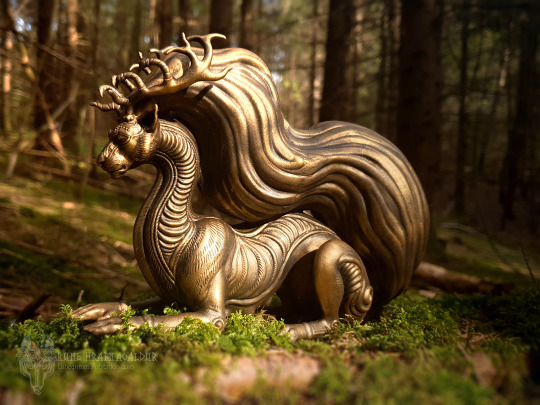
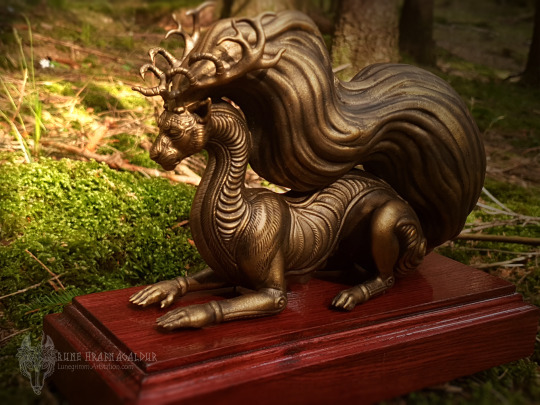
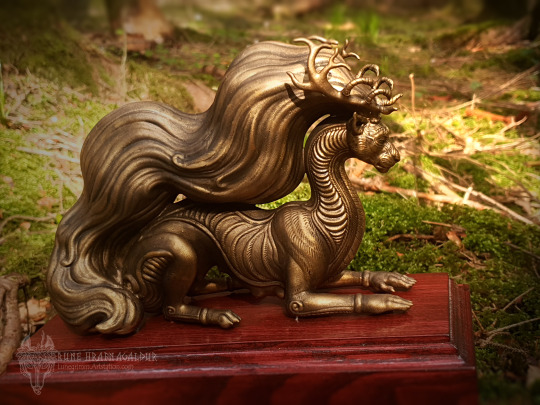
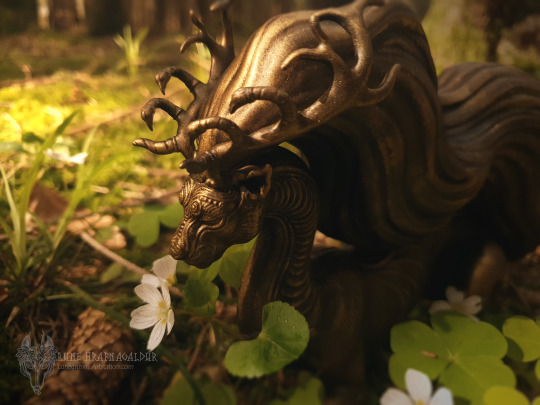
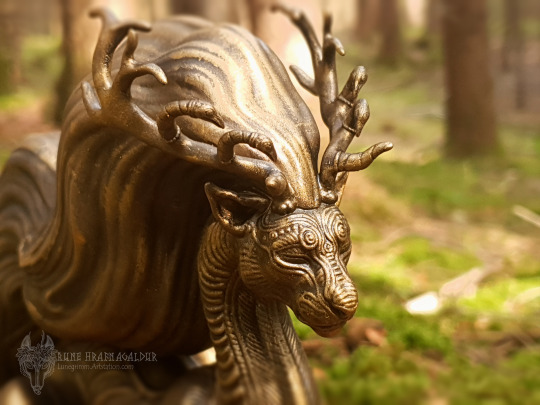
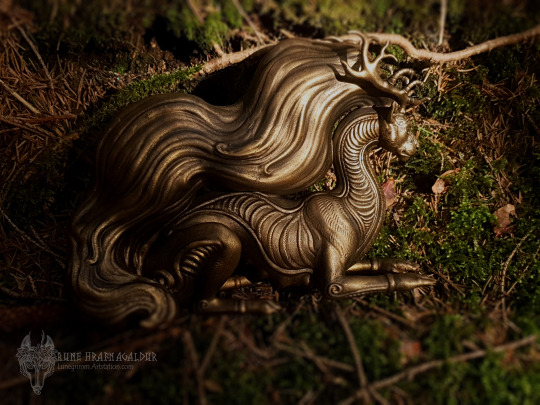
A bith day gift for my good friend @artofmaquenda I finished lat year but never posted here. Sinc either brithday today again I felt it was the perfect time finally to do so :)
#art#artists on tumblr#lunegrimmart#fantasy#figure#sculpture#3dart#3d artwork#3dprint#3dprinting#bronze#bronze age#leopard#antlers#mane#medievalart#ancient#ancient art#patterns#orments#pagan#spiritual#spiritual art#art of maquenda#creature#creature art#fantasy art#nature#photography#forest
230 notes
·
View notes
Text

Figurine, Nordic Bronze Age, Ca. 740-550 B.C.
Tollense Valley, Germany,
Bronze, 5.5 inches tall; weight 5.4 ounces
#art#history#design#style#archeology#sculpture#antiquity#figure#germany#tollence valley#nordic#bronze age#figurine
248 notes
·
View notes